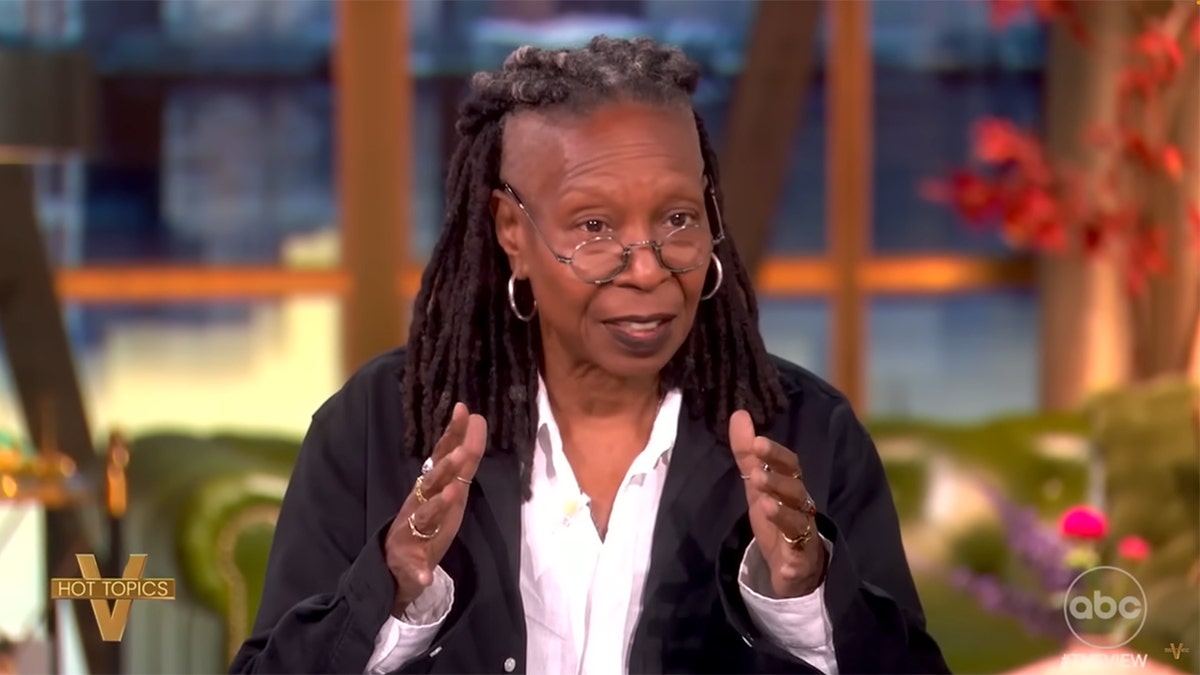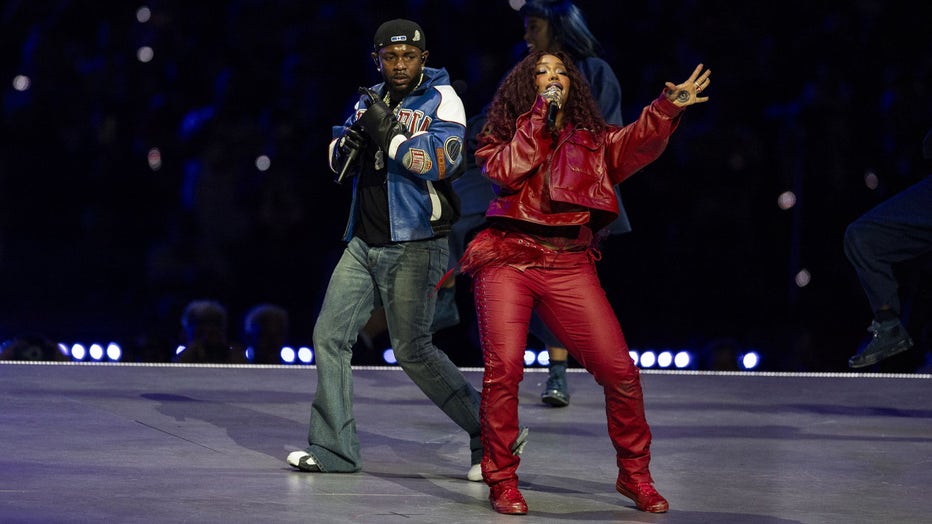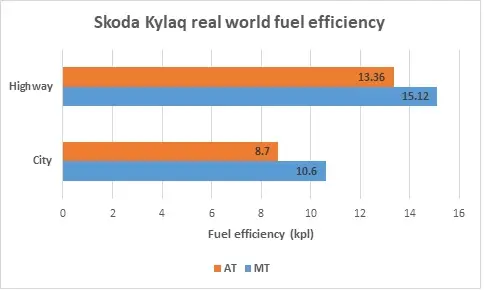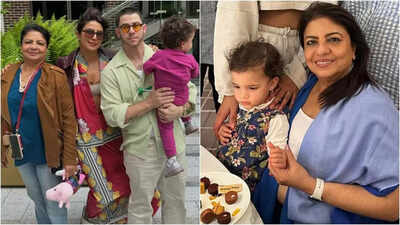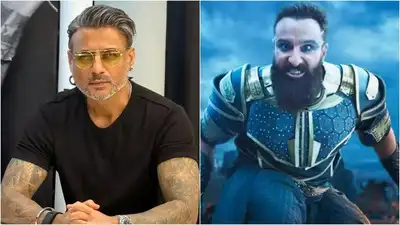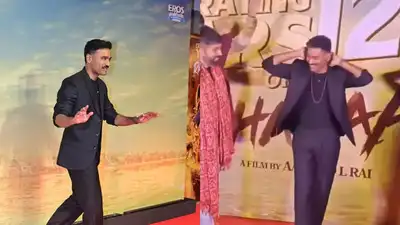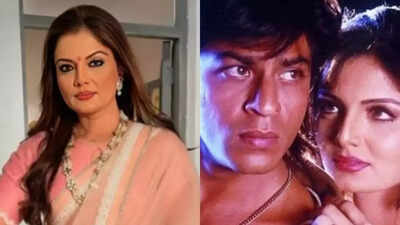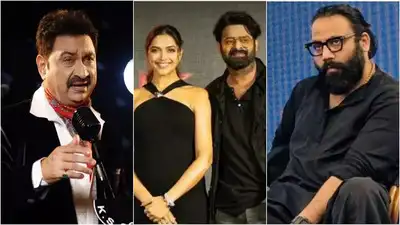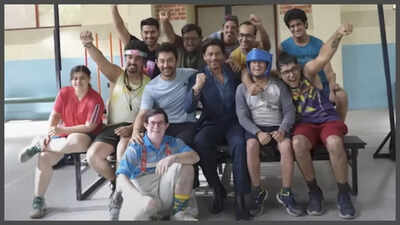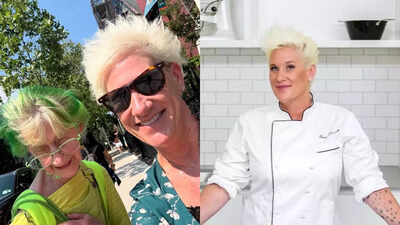28 Years Later is never exactly “scary,” but it’s constantly uncomfortable. Director Danny Boyle, returning to the franchise he helped create along with writer Alex Garland, tells this latest zombie tale with a kinetic and engrossing filmmaking style that makes even the most mundane actions unsettling. A walk through the woods. A splash of water. The rising of the sun. You’ll never jump out of your seat, but you’ll be on the edge of it the entire time, and we think that’s a whole lot more rewarding.
Set, you guessed it, 28 years after the “Rage virus” took over the United Kingdom in the 2002 original, 28 Years Later centers on a nice but troubled family living in a safe, isolated community. While the mainland is filled with infected and has been quarantined from the rest of the world, this place is accessible only by a small walkway visible for a few hours a day. That’s how young Spike (Alfie Williams), his mom Isla (Jodie Comer), dad Jamie (Aaron Taylor-Johnson), and the rest of the bustling, happy community have remained safe for decades.
For a good third of 28 Years Lateryou don’t know exactly what the story is going to be. We follow Jamie taking Spike to the mainland for the first time as a way to introduce us to them as people and the world at large. They see slow, fat zombies and fast, fit zombies, and even though the movie takes a good long while to fully reveal itself, it’s constantly engaging thanks to our interest in the world and the specificity of the characters. We want to learn and see more about all of it.
That’s also bolstered by Boyle’s filmmaking, which brings back so many of his trademark techniques—jump cuts, pulse-pounding music, sound, and purposeful B-roll—to create a palpable unease that also keeps your mind working. We’re watching a father and son bond, but also thinking about this world from a multitude of different angles, all while chewing off our fingernails with dread. It’s a potent combination.

Eventually, the film does find a focus, and it involves Comer’s character, Isla. She’s sick, and Spike is desperate to find her help, which takes them on a whole new adventure. Here’s where both Comer and especially Williams really get to flex their acting muscles. Williams may just be a kid but he’s a dynamic presence and easily carries the movie. However, once they become the focus, 28 Years Later does shift a bit. Boyle’s hyper-energetic style gets dialed back, almost in tandem with the more nurturing relationship between mother and son as opposed to son and father. It’s here that we both get to see Spike and Isla in a different light, but it’s enough of a change that it’s not immediately cohesive.
Something that does keep everything cohesive, though, is the action and violence. You can’t have a movie filled with tension and dread without some payoffs and Boyle gives us plenty of those in the film. There are big battles, exciting chases, and quick moments of intensity all of which come at a moment’s notice. Plus, any time there’s a kill—be it human or zombie—it’s handled with care. With each gory murder, the film slows down for a beat, and even throws in a freeze frame on the moment of death, just so we understand the value of life on both sides. It’s a fun and effective tool that’s used throughout and you really feel like you’re in the hands of a filmmaker with something to say.
Later, through circumstances that are a little spoilery, Ralph Fiennes joins the story as the mysterious Dr. Kelson. Kelson’s story is a fascinating one, giving both the film and its world a whole new perspective, which Fiennes brings to life beautifully. His introduction also marks yet another shift in the film, this one into an almost spiritual existentialism. It’s welcome, it works, but it again adds to the film’s slight unevenness after we’ve become acclimated to the mother-son story.

That’s really the only downside to 28 Years Later. The characters are fantastic, the filmmaking is breathtaking, the action is intense, and the story is emotional. It’s just so ambitious that there are just moments along the way where those shifts leave the film feeling slightly disjointed, almost like you turned the channel to something new. Anytime it happens, though, after a few minutes of confusion, we settle back in because everything else around it is so good.
There are also scenes and ideas in the movie that I don’t think I’ve ever seen explored in a zombie film before. What would 28 years without humans do to an ecosystem? What human mistakes may have lingered over that time? What, if any, human traits do the zombies still carry with them? Is there a zombie pecking order? 28 Years Later consistently fires on all cylinders but then also hits you with a moment or idea that pushes things to a whole new level, and you almost wish there was a whole movie just about that.
28 Years Later isn’t your typical zombie movie. The zombies in this world are an unfortunate, undeniable reality and, over the course of 28 years, they’ve evolved, as have the surviving humans. As a result, everything has a more grounded, relatable feel about it, which makes it that much more thrilling. Boyle and Garland then allow us to explore this world and its characters in a manner that keeps us interested, guessing, and entertained all at the same time. While the ending isn’t as strong as the rest of the film, thankfully, this is the first film of a proposed trilogy, the second of which is out in January. We can’t wait to go back. There’s still so, so much to chew on.
28 Years Later opens June 20.
Want more io9 news? Check out when to expect the latest Marvel, Star Wars, and Star Trek releases, what’s next for the DC Universe on film and TV, and everything you need to know about the future of Doctor Who.








